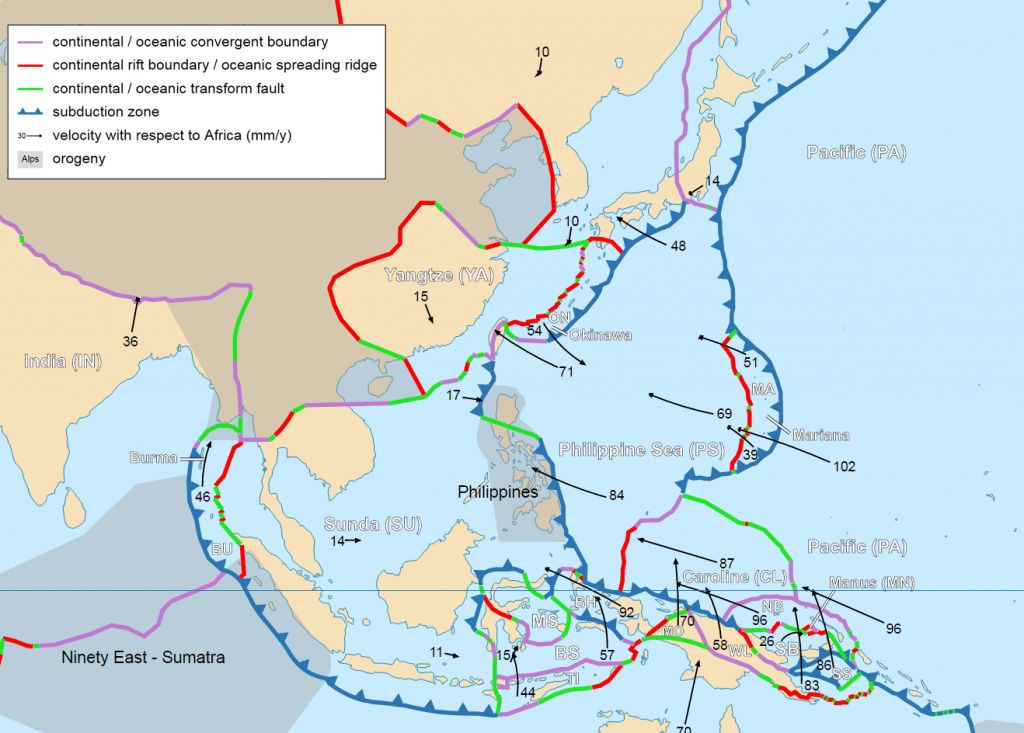Kenan AĞAZADE
Russia declared itself a partner of ASEAN but its political role in Southeast Asia is still limited. Moscow’s position in the region is largely guided by its strong relationships with Vietnam and China.

He graduated from Malmö University (Sweden), where he studied Global Politics and Societal Change (2018-2020). He has experience being as a research assistant at Russia and the Caucasus Regional Research Center in Sweden (2019-2020). He speaks fluently Russian and English.
President Vladimir Putin supports the close cooperation with the members of ASEAN/The ten member nations of the Association of Southeast Asian Nations present an enormous economic opportunity for Russia. For that reason, Russia wishes to have positive relations with the ASEAN countries. Vietnam is the most important ally of Russia in the region due to a history of their relationship during the Cold War.
Russia was granted dialogue partnership status but for many years the relationship was no so strong and contacts were irregular. That only began to change with the start of Vladimir Putin’s third presidential term in 2012. The president’s “Mау decrees” named the Asia-Pacific region Russia’s second international priority after the East Europe.
The importance that the authorities in Moscow attached to the APEC Summit in Vladivostok also fueled expectations of a rapid improvement in the country’s relations with the Asia-Pacific region in general and Southeast Asia in particular. However, the interest of Russian political elites waned as soon as the summit was over. At the East Asia Summit, which took place in November 2019, Russia was the only country not represented by a head of state or government.
The disappointment deepened after the release of the new Foreign Policy Concept of the Russian Federation in February 2013, which named the Asia-Pacific fourth on the list of Russia’s foreign policy priorities, yielding third place to the United States. Vietnam was the only Southeast Asian country mentioned there.
A strong partnership with Vietnam is central to Russia’s political and strategic presence in Southeast Asia—although even that may start to lose its relative importance as Vietnam’s relations with the United States, India, Japan, and the EU improve. Vietnamese-Russian relations are characterized as a “comprehensive strategic partnership,” making Russia the country’s only other strategic partner alongside China. Russian-Vietnamese summits or high-level meetings are held annually and generate plenty of positive rhetoric.
However, Russia does not enjoy a relationship of this depth with any other Southeast Asian countries. Russia-ASEAN trade appears to have grown at an impressive pace in the last decade—but only from a low starting point. The volume of trade increased fivefold from 2010 to 2019. However, even as of 2019 (the last year before Russia’s foreign trade sharply declined), Russia’s trade with Southeast Asian countries amounted to only $21.4 billion, making Russia ASEAN’s fourteenth trade partner. Russia receives less than 1 percent of total ASEAN exports, while ASEAN’s share in Russian trade is 2.7 percent. Russian exports mostly consist of mineral resources (60 percent), machinery and equipment (14.5 percent), and chemicals (13.8 percent).
The strength of the Russian economic presence in Southeast Asia lies in mineral, nuclear energy, and advanced air defence technology. Singapore and Malaysia currently buy Russian oil and Indonesia is also involved in several energy projects, but again it is Vietnam that is Russia’s chief oil and gas partner, with projects in both Vietnam and Russia. The same is true of nuclear energy. Russia has nuclear power construction projects in Myanmar and Thailand, but its main project is building in southern Vietnam, where it is also providing related services and training personnel.
Russian weapons are still the popular commodity on Southeast Asian markets. Again, Vietnam has historically been and still remains the region’s largest buyer of Russian arms. Its significant acquisitions include fighter jets, frigates, anti-ship missiles, missile defense systems, and Varshavyanka submarines (the last of these submarines delivered to Vietnam in late 2018). Indonesia, Malaysia, Thailand, and Myanmar have also purchased Russian weapons, although in smaller quantities.
Overall, the current level of cooperation between Russia and ASEAN countries can be described as very important for Russia. A number of factors explain why this relationship is so significant for Russia.
First factor, Southeast Asian countries are one of Russia’s foreign-policy priorities. Relations with European countries and the United States become weak, while Russia’s new friends are obviously of great importance to it. That means the country’s foreign policy is largely focused on these new areas, as well as on the military and diplomatic involvement in the South- East Asia. In the framework of Russia’s renewed activity in the Southeast Asia appears to be key factor for the government.
Second factor, relations with ASEAN countries are built on political and economic foundations. Russia was gearing up for its “pivot to the east,” contrasts the other players—such as primarily China and the United States—was able to gain a strong foothold in Southeast Asia.
Thirdly, both Russian establishment and elites are well informed about this region because of its geographic importance and unique historical background. Personal ties become stronger than economic cooperation. In this regard, Southeast Asian countries are much more important than African states.
Finally, the Russian leadership is willing to get actively involved in regional processes. Russia primarily sees its interests in preserving the quality of its strategic partnerships with al regional states, and its future actions in the region start with all actors.

